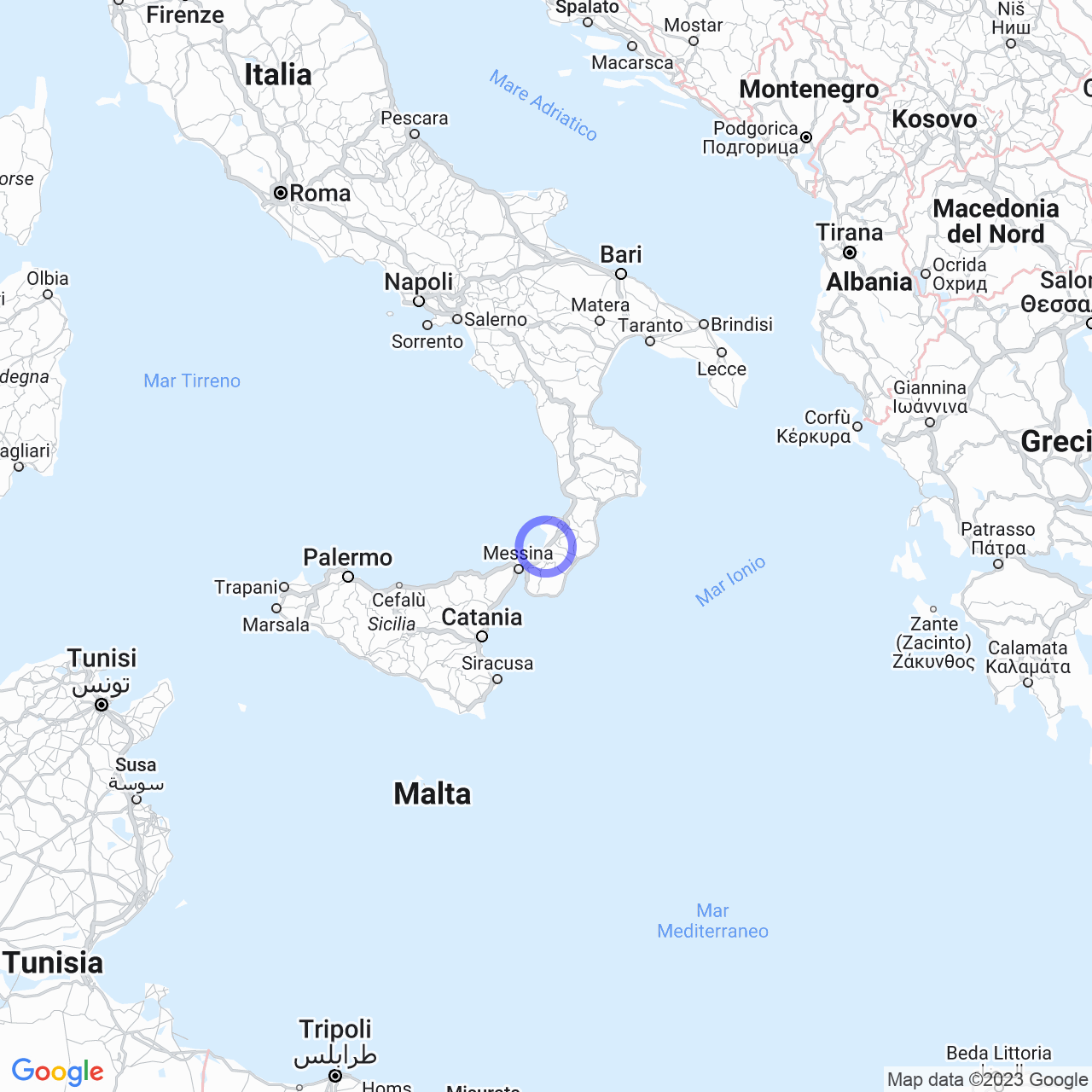Gioia Tauro
Gioia Tauro: a welcoming town in Calabria
If you're looking for a city with sea, mountains, and a rich cultural history, Gioia Tauro might be the perfect destination for you. Located in the province of Reggio Calabria, this town of just over 19,000 inhabitants is an agricultural, commercial, and industrial center that overlooks the Tyrrhenian Sea and is surrounded by the majestic hills of Aspromonte.
Physical geography

Territory
Gioia Tauro extends for about 7.76 kilometers along the coast of the Tyrrhenian Sea, which includes a stretch of about 2.34 kilometers of beach with fine sand and gravel. The sea that bathes it offers an infinite variety of shades from light blue to deep blue, and the crystal-clear waters offer an ideal environment for snorkeling. In addition, the city is delimited by two rivers, the Metramo (or Mesima) to the north and the Petrace to the south, and by the cliffs of Sant'Elia and Monte Poro.
Climate
In summer, the climate is generally hot and dry, with temperatures that can exceed 30°C. In spring and autumn, temperatures are mild and pleasant. In winter, the climate is generally mild, but temperatures could drop to 5-10°C.
Origins of the name
The name Gioia Tauro has undergone many variations: in fact, it can be found with the name Zoa, Joha, Geolia. The name Gioja or Geolia began to appear in Angevin maps of the 13th century.
History
Ancient age
Gioia Tauro has its origins in the Magna Graecia Metauros, which arose around the 7th century on the plateau coinciding with the current city center. The archaeological findings are kept at the National Archaeological Museum of Reggio Calabria, the city's Metauros Museum, and the Metropolitan Museum of Art in New York. The city boasted a lively artisanal production of ceramics, bronzes, Attic and Corinthian amphoras, and was also distinguished by a fervent cultural activity: in 630 BC, one of the greatest Greek lyric poets, Tisia (also known as Stesicoro), was born there. In 445 BC, it was invaded by the Bruzi and being placed at the border between the Republics of Locri and Reggio, it was constantly devastated. Around the 3rd century BC, there are contacts with Rome.
Modern age
During the sixteenth century, with the advent of the Bourbons, the reconstruction of the city began. Gioia Tauro became one of the main commercial centers of Calabria. In the nineteenth century, with the unification of Italy, the city underwent a radical change: the port was expanded and the center was enlarged and embellished. In the twentieth century, during the Second World War, the city suffered heavy damages and human losses.
Conclusions
Gioia Tauro is a city to discover on foot, savoring every corner and the beauty of its panoramas. Its strategic position makes it the ideal starting point for exploring Reggio Calabria and Locride, as well as nearby Sicily. The city offers numerous opportunities for hiking, visiting archaeological sites, typical Calabrian products, and much more. In addition, the friendliness of the people of Gioia Tauro will make your stay even more pleasant and unforgettable.
